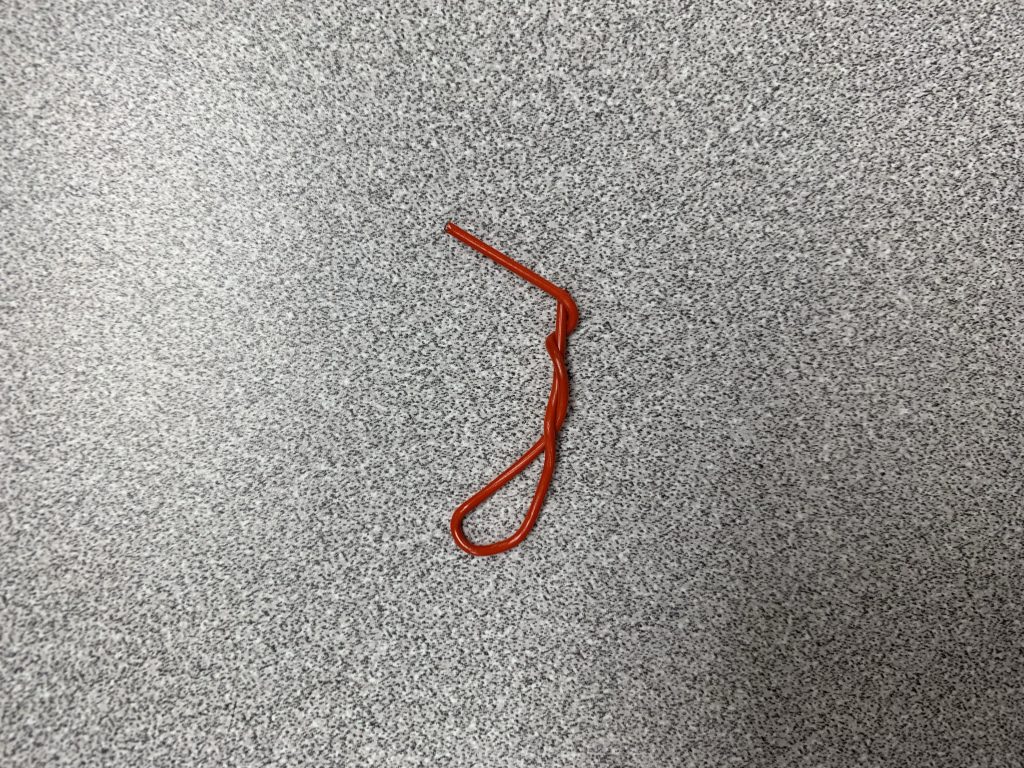Would you rather live in the dorms or live in a house with a number of friends? Many college students dream about living in a house with a group of friends. This idea is glorified through movies based on the college life.
Whether the goal is to host massive parties every weekend or just feeling more independent and having your own place to escape to when the stress of college starts closing in on you, moving off-campus is a process. Maintaining off-campus living is an adventure in and of itself.
The process of moving off campus consists of two very important aspects: finding a place to live and finding people to live with. Anthony Ventura says that being able to choose who you get to live with is one of the upsides of living off-campus. Ventura went on to say, “If you choose the right people to live with, off-campus living is awesome because you can surround yourself with awesome people.” Taylor Duncan says, “Some of the positives of living off campus are that I have my own room and I like the people I live with.” Duncan said he was aware of the peoples’ habits that he moved in with before they became roommates so that made the transition a lot easier. Make sure if you move off campus, you are with people you can tolerate for a year.
When it comes to finding a place to live, the most important consideration is the cost of living. Depending on your financial situation, you may be looking into cheaper or more expensive properties. Rebecca Riley, a senior at Morningside says, “Get a job first, if you’re an athlete and can’t keep a job throughout the school year, work a lot during the summer and save your money.” While Riley said this, she put extra emphasis on the last three words of her statement, “…save your money.” Ventura says, he worked during the summer to save up his money and he also works weekends in order to keep money coming in throughout the school year. Most people will find it easier to work on the weekends due to heavy course loads during the week at school or extracurricular activities like sports.
Saving money is key when in college and living off campus. Riley said that she has a monthly budget that she tries to follow as close as possible. This budget is made up of the cost for rent, utilities, food, and car maintenance (gas and cleaning). Riley also said to “limit how much you spend while out on the weekends.” One piece of advice from Riley is, “if you work more than two jobs, put one whole paycheck away into savings or bill paying accounts and use the other one for your spending money.” She said this allows her to stay on top of not spending too much money in a month.
When asked what he does to make sure he has money for the necessities like rent and bills, Ventura responded with, “I make it a priority to separate my wants and my needs. It’s really easy to buy something you want like a new pair of shoes and then realize at the end of the month that you’re short on the Wi-Fi bill, so like I said separate your wants and needs.” Ventura went on to explain that he did not mean you can’t buy anything for yourself, but he meant that you should have your priorities straight. Taylor Duncan said cooking at home and not eating out helps him save money. Duncan also said that the total amount for rent over his year-long lease is less than the cost for two semesters in the dorms on campus. This allows him to save even more money. All of these have the same aspect of keeping priorities straight, so if you’re not good at prioritizing, learn. Otherwise, you’re going to realize that learning to prioritize the hard way is not the way you want to learn.
Many people advocate for off campus living because of the independence it grants and the growing it allows. The people interviewed for this article all said that they grew as a person when they were responsible for their own bills outside of school. “It really makes you to realize how much work goes into just living,” said Riley.

